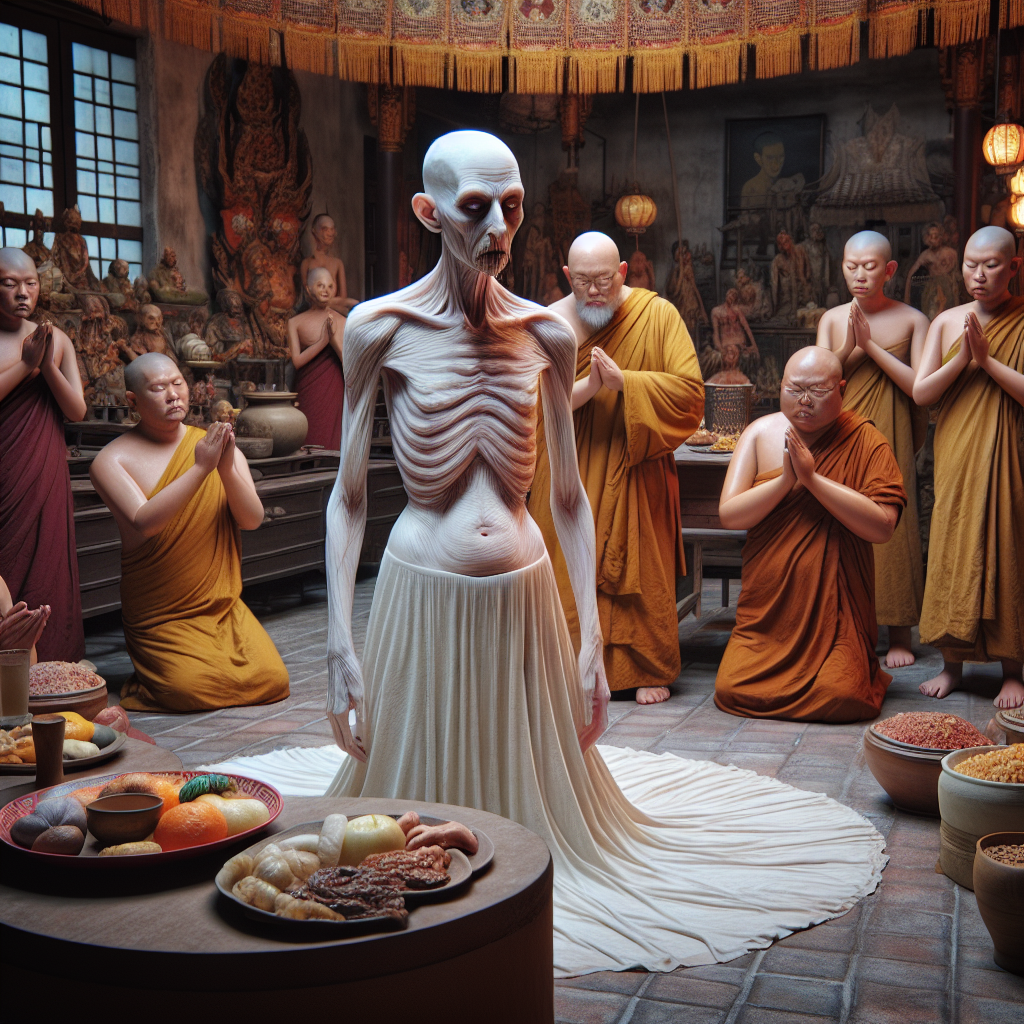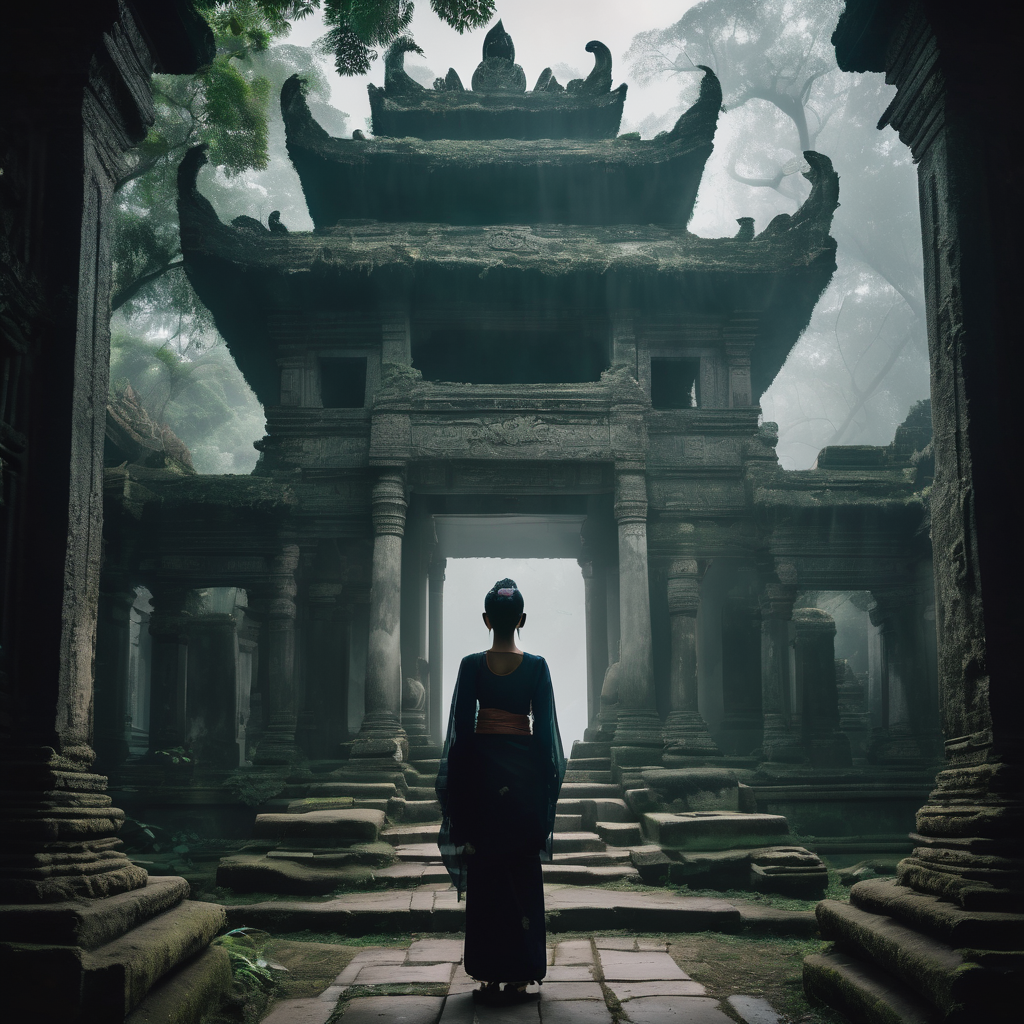Ghosts of the Buddhist Afterlife: The Pretas
In Buddhist belief, the cycle of life and death leads to multiple realms of existence, one of which is inhabited by a class of spirits known as Pretas, or Hungry Ghosts. These beings are often depicted as emaciated and suffering due to a constant state of craving and hunger that can never be fulfilled, reflecting their past actions in earthly life. The lore of the Pretas serves as a cautionary narrative sculpted in the context of karmic consequences and moral actions, deeply rooted in various Buddhist traditions across Asia.
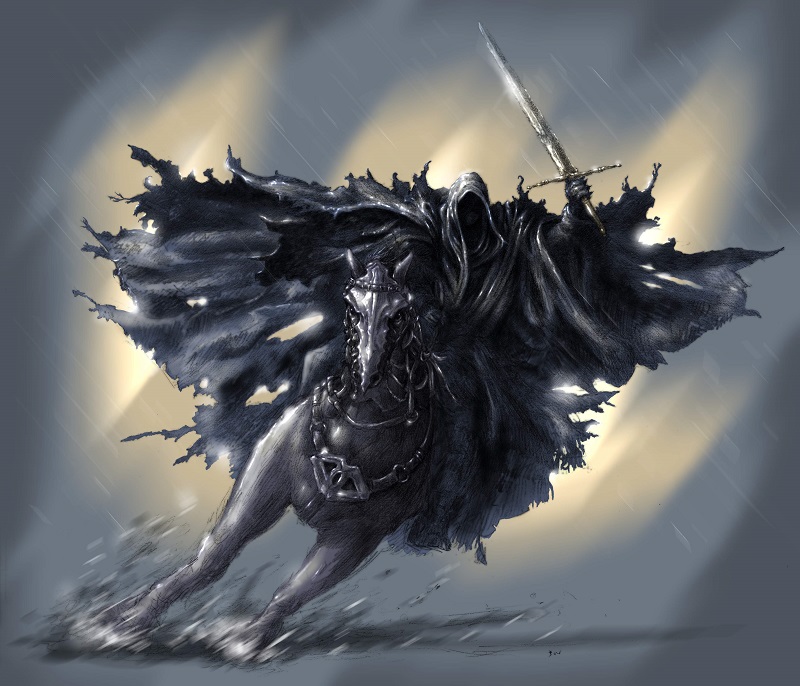
Wraith – a terrifying creature associated with death and the afterlife in mythology.
Source
The essence of these spirits adds a poignant understanding to the wider Buddhist narratives about morality and spiritual evolution in the fight against greed and desire. The Pretas are often portrayed with distended bellies and thin necks, symbolizing their insatiable hunger and thirst. This imagery serves as a reminder of the consequences of excessive desire and attachment in life, teaching the importance of mindfulness and generosity.
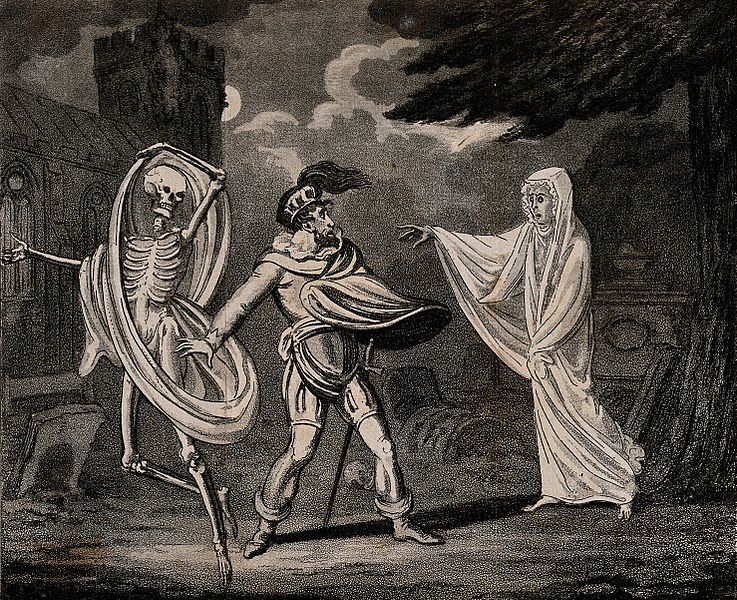
A historical depiction of a ghost confronting a knight, showcasing the mystical and fearsome representation of spirits.
Source
Particularly during the Ghost Festival, ceremonies are performed to appease these spirits. Food offerings are made, and rituals are conducted to honor the Pretas and provide them with sustenance that they were denied in their previous lives. This act of compassion serves to alleviate their suffering and is a reminder for the living to practice generosity and kindness.
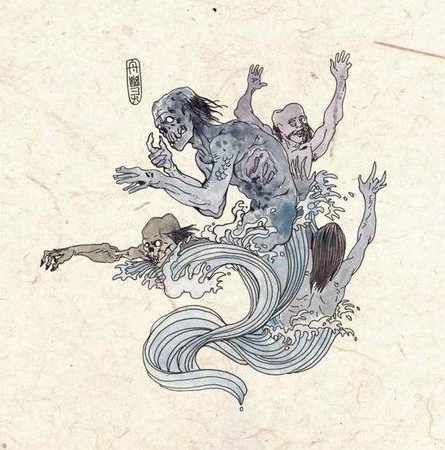
Friendly fiends from Chinese folklore, which illustrates the diverse interpretations of ghostly beings in different cultures.
Source
The unique essence of the Pretas not only embodies the spiritual lessons of Buddhism but also serves as a reminder of the interconnectedness of all beings. The rituals performed during the Ghost Festival reflect a deep sense of compassion and a desire to break the cycle of suffering that binds the Pretas to their insatiable cravings. By acknowledging the presence of these spirits, practitioners are encouraged to reflect on their own actions and the impact they have on the world around them.
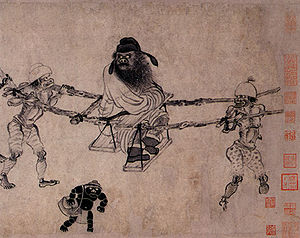
An artwork depicting Zhong Kui, a famous character in Chinese mythology known for his ability to capture ghosts and evil spirits.
Source
Ultimately, the narrative of the Pretas serves as both a spiritual lesson and a symbol of compassion, conveying the importance of mindful living, generosity, and the avoidance of attachment and indulgence. By understanding the plight of these spirits, we are reminded of the consequences of our actions and the importance of living a life rooted in kindness and compassion.

Depiction of a Yōkai from Japanese folklore, illustrating the spiritual beliefs that often reflect culturally unique spectral figures.
Source
Horror Level:
3 / 5

